Can solar string lights get wet
Solar string lights have become increasingly popular for outdoor decoration, providing an ambiance to gardens, patios, and camping sites. As these lights are designed for outdoor use, a common question arises: Can solar string lights get wet? In this comprehensive guide, we’ll explore the water resistance of solar string lights, their durability in various weather conditions, and how to maintain them for longevity.
Understanding the Water Resistance of Solar String Lights
Solar string lights are generally designed to withstand exposure to water, but the level of water resistance can vary depending on the quality and specific design of the product. Most solar string lights are built with some degree of weather resistance in mind, as they’re intended for outdoor use.
The water resistance of solar string lights is typically measured using an IP (Ingress Protection) rating. This rating consists of two digits: the first indicates protection against solid objects, and the second indicates protection against liquids. For example, an IP65 rating means the lights are dust-tight and protected against water jets from any direction.
Higher-quality solar string lights often boast superior water resistance. Bright solar string lights from reputable manufacturers are more likely to have better protection against moisture and rain. When shopping for solar string lights, it’s crucial to check the product specifications for information about water resistance or weatherproofing.
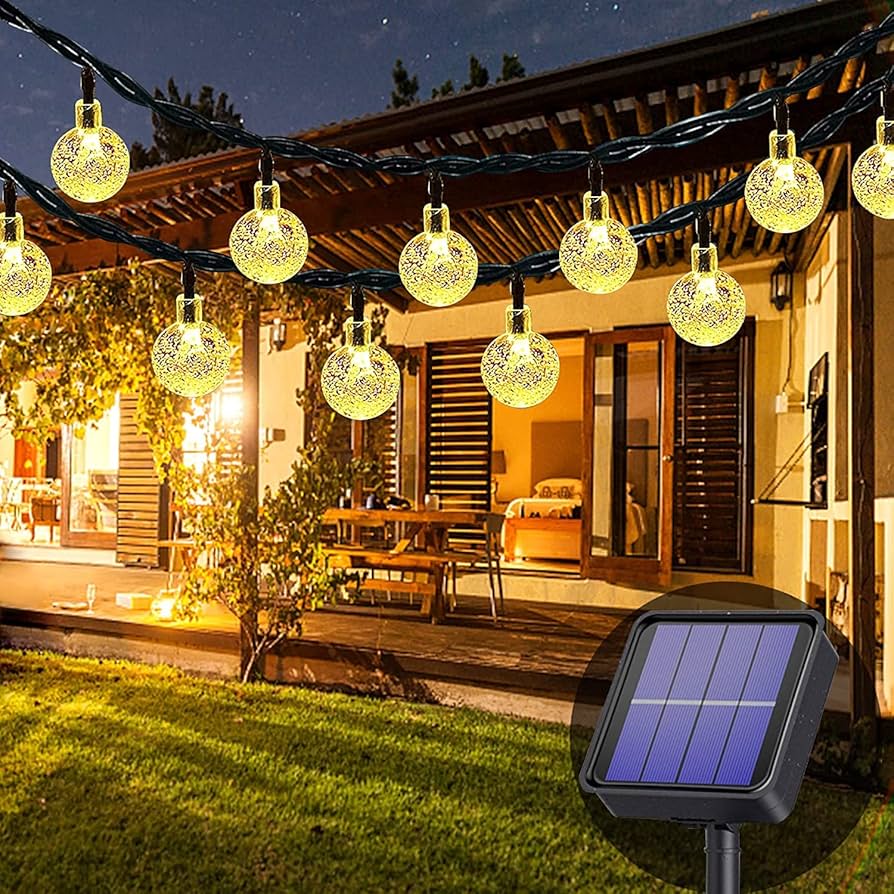
While many solar string lights can withstand rain and moisture, it’s important to note that they’re not designed for submersion. Prolonged exposure to standing water or submersion can damage the electrical components and reduce the lifespan of the lights.
Factors Affecting the Durability of Solar String Lights in Wet Conditions
Several factors influence how well solar string lights can handle wet conditions:
Construction Quality: The overall build quality of solar string lights plays a crucial role in their water resistance. Lights constructed with high-quality materials and robust components are more likely to withstand exposure to moisture. Durable frames and carefully designed casings prevent water from penetrating internal components, ensuring longevity even in challenging weather conditions.
Sealing: Proper sealing is essential to prevent water ingress. Solar string lights should feature tightly sealed connections and components to keep moisture out. Look for models that have well-sealed battery compartments and LED housings, as this significantly reduces the risk of water damage, especially when the lights are exposed to rain or humidity.
Solar Panel Design: The solar panel itself plays an important role in water resistance. Panels with a design that sheds water efficiently, such as those with angled or domed surfaces, can prevent rainwater from pooling on top. This design helps ensure that the panel continues to function optimally and reduces the risk of water damage over time.
Wire Insulation: The quality of wire insulation is another key factor in protecting the electrical components of the lights from moisture. High-quality insulation materials offer better protection against water, ensuring that the wires remain dry and safe. This helps avoid short circuits or corrosion, which can occur when water comes into contact with unprotected wires.
Battery Compartment: A well-designed battery compartment is crucial for ensuring the longevity of solar string lights. The compartment should be sealed properly to prevent water from affecting the batteries. Moisture can cause batteries to corrode or fail, so ensuring the battery area is well-protected is vital for the light’s overall durability.
LED Quality: The quality of the LEDs used in bright solar string lights also impacts their resistance to moisture and environmental conditions. High-quality LEDs are often more durable, able to withstand fluctuations in temperature and humidity. This resistance adds to the overall longevity and reliability of the lights, making them more suitable for outdoor use.
Maintenance and Care for Solar String Lights in Wet Environments
To maximize the lifespan and performance of your solar string lights in wet conditions, consider the following maintenance tips:
- Regular Cleaning: Periodically clean the solar panel and light fixtures to remove dirt, dust, and debris that can accumulate over time. Use a soft, damp cloth to gently wipe the surfaces, ensuring optimal solar charging and light output.
- Inspect for Damage: Regularly check your solar string lights for any signs of wear, cracks, or damage to the housing or wiring. Address any issues promptly to prevent water ingress.
- Proper Storage: During extreme weather conditions or when not in use for extended periods, consider storing your solar string lights in a dry location. This can help prolong their lifespan and maintain their performance.
- Secure Placement: Ensure that your solar string lights are securely fastened in their intended locations. Proper installation can help prevent unnecessary stress on the lights and reduce the risk of damage during windy or rainy conditions.
- Avoid Submersion: While many solar string lights can handle rain and moisture, avoid situations where they might be submerged in water, such as placing them too close to the edge of a pool or in areas prone to flooding.
- Seasonal Checks: At the beginning and end of each season, perform a thorough inspection of your solar string lights. Check for any signs of water damage, corrosion, or deterioration, and replace any damaged components if necessary.
- Protect the Solar Panel: If possible, position the solar panel in a location where it can receive ample sunlight while being somewhat sheltered from direct rainfall. This can help extend the life of the solar charging system.
Conclusion
In conclusion, while most solar string lights are designed to withstand some exposure to water, the extent of their water resistance can vary. When choosing solar string lights for your outdoor spaces, look for products with good water resistance ratings and consider the factors that contribute to their durability in wet conditions. With proper care and maintenance, your solar string lights can provide beautiful illumination for your outdoor areas, regardless of the weather.
If you’re looking for high-quality, durable solar string lights or have any questions about outdoor lighting solutions, don’t hesitate to reach out to us at info@forigat.com. At BITPOTT, we’re committed to providing innovative, reliable solar lighting products that enhance your outdoor living experience.
References
- International Electrotechnical Commission. (2013). IEC 60529:1989+AMD1:1999+AMD2:2013 CSV Consolidated version: Degrees of protection provided by enclosures (IP Code).
- U.S. Department of Energy. (2021). Solar Lighting. Energy Saver. https://www.energy.gov/energysaver/solar-lighting
- National Renewable Energy Laboratory. (2022). Solar Photovoltaic Technology Basics. https://www.nrel.gov/research/re-photovoltaics.html
- American Lighting Association. (2023). Outdoor Lighting Basics. https://www.americanlightingassoc.com/outdoor-lighting

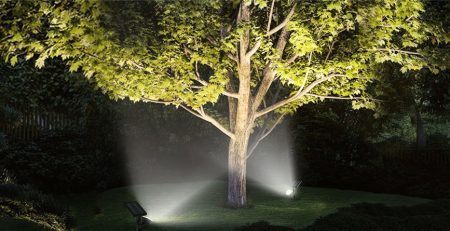
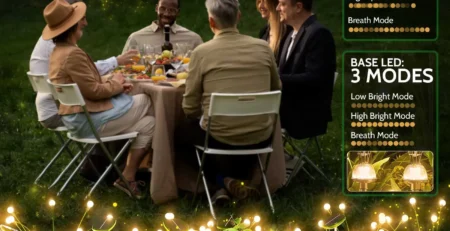
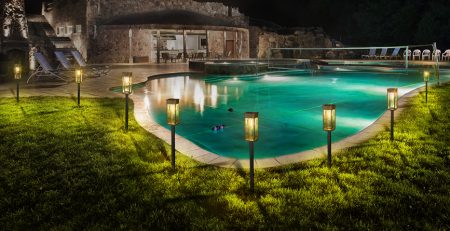
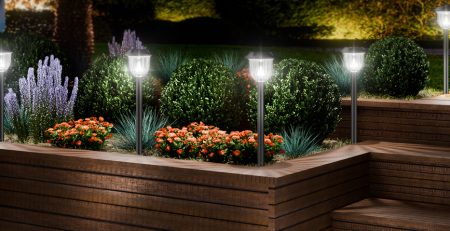
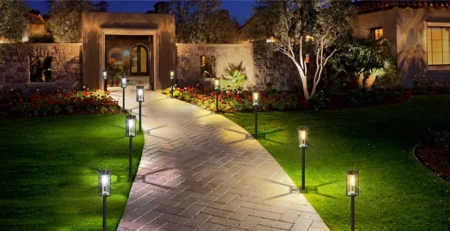
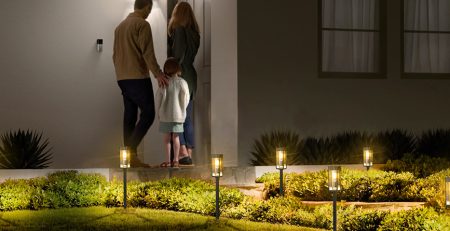
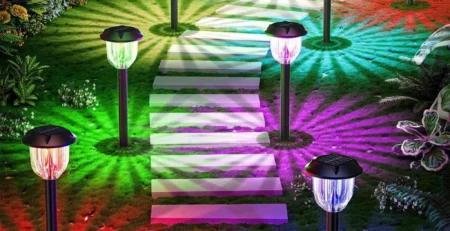
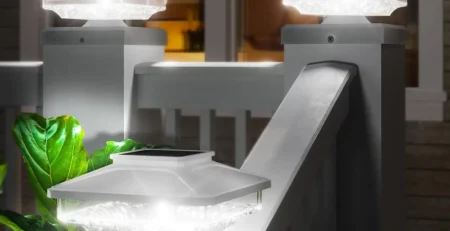
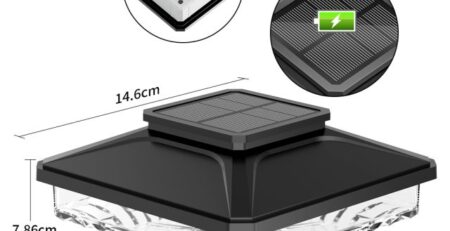
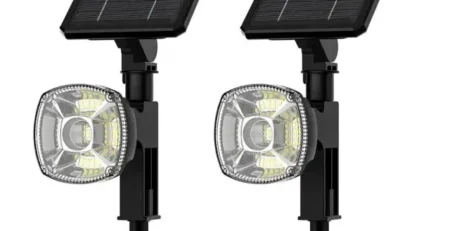
Leave a Reply